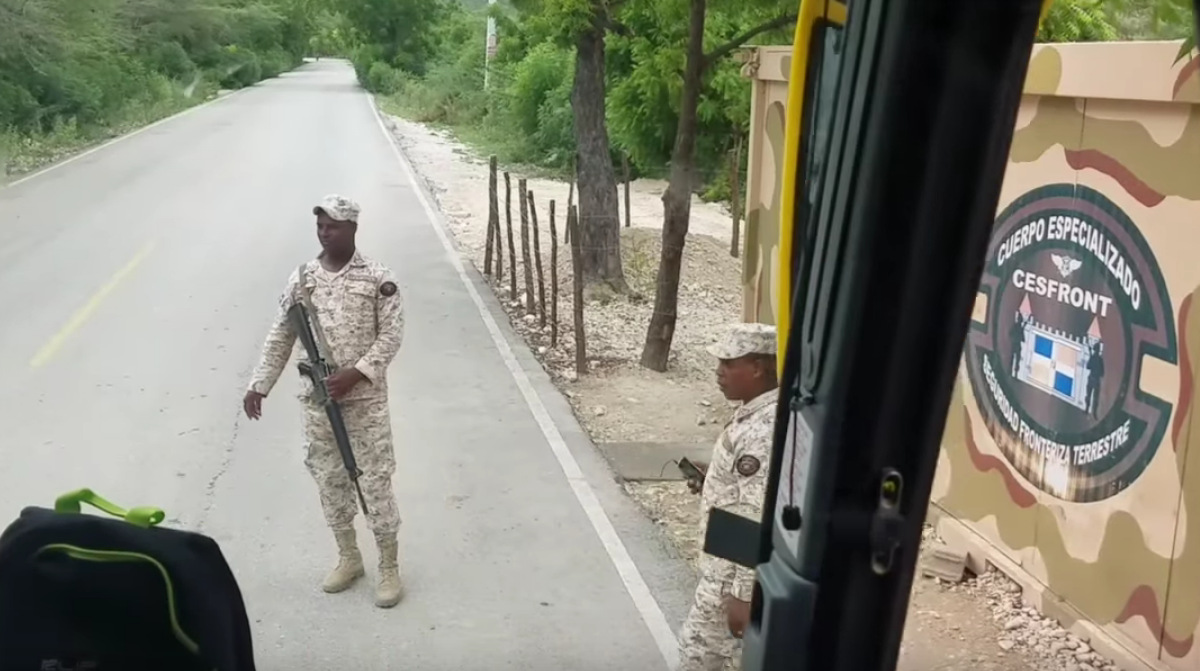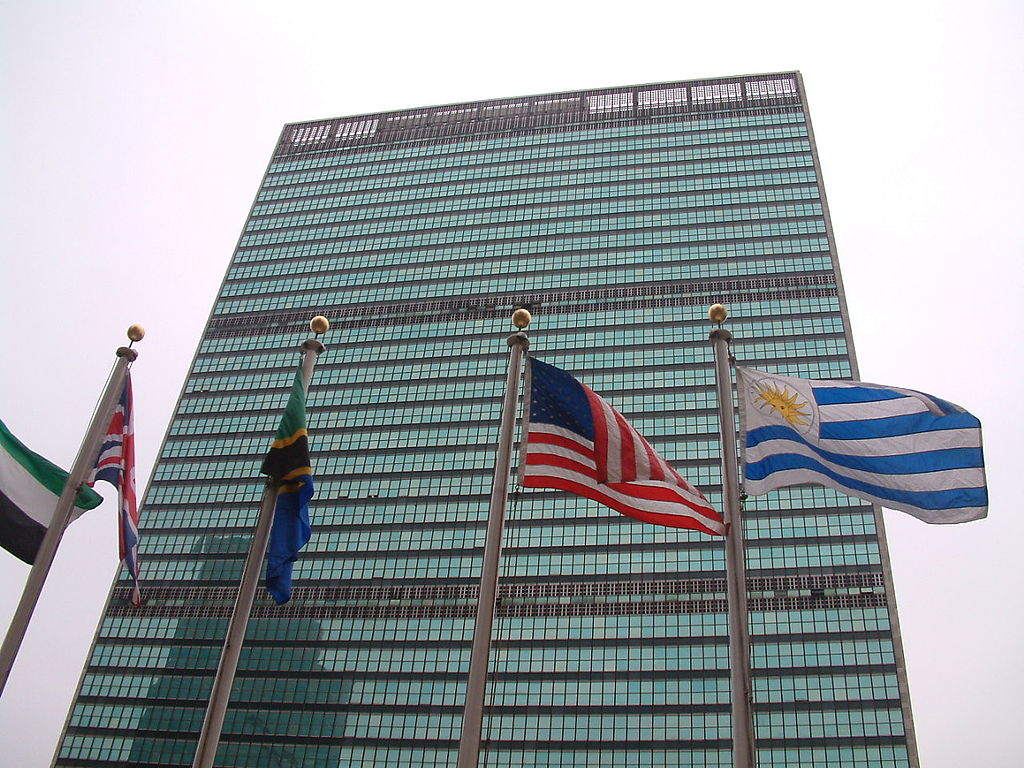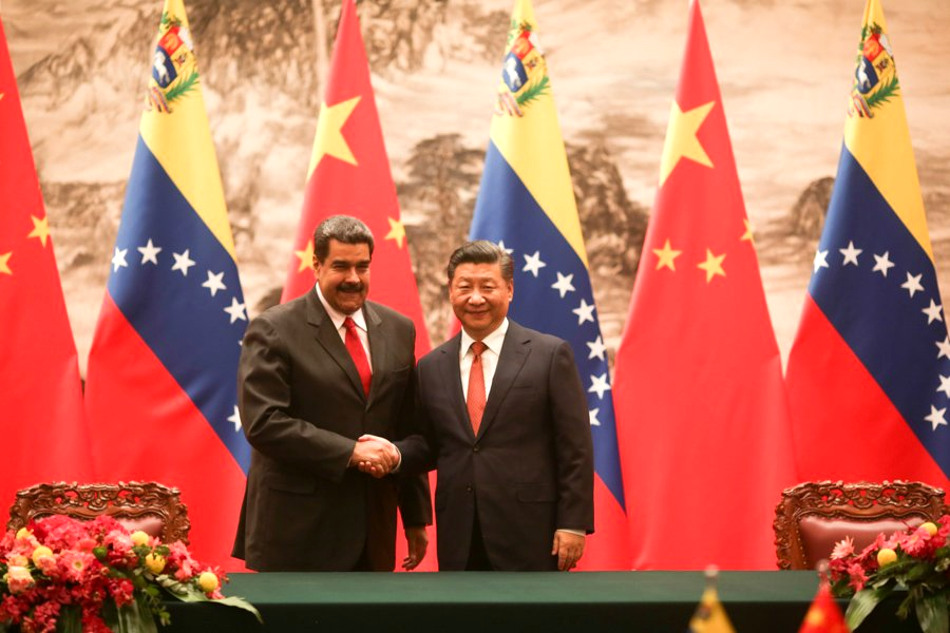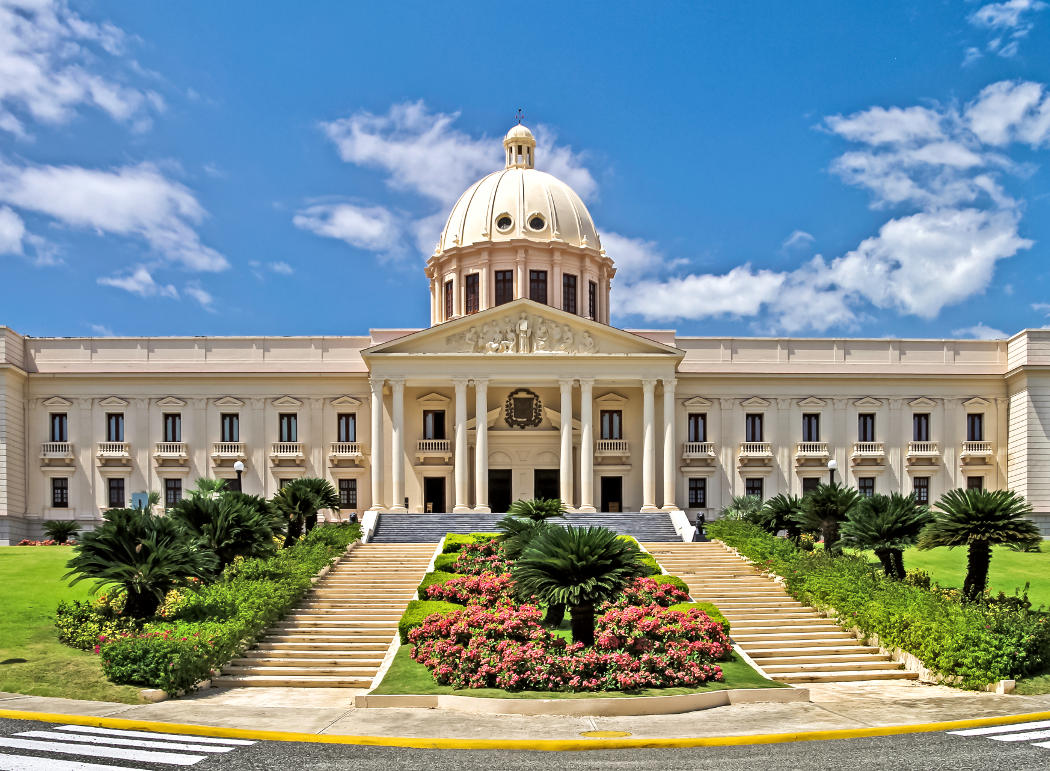SANTO DOMINGO, Dominican Republic (ViaNews) – In February 1844, a group of Spanish descent and mulatto revolutionaries staged an independence coup against the 22-year Haitian domination of the Spanish two-thirds of the island. Ever since there has existed an evident antagonism in the Haitian-Dominican relations. There followed almost a full century of sporadic border clashes in which the machete-bearing Dominican “campesinos” prevailed.
The entire 19th century was sprinkled with Haitian attempts to re-occupy the Spanish colony of Saint-Domingue, in the face of continuous defeats at the hands of landowners such as the Santana brothers from the El Seibo area to the east of Saint-Domingue. The Haitians were regularly trampled and sent back to their own hungry population made up mostly of negro descendants of the original slaves brought by the French.
Toward the end of the century, the same Santana brothers landowners, under the excuse that they could not continue to guarantee the independence of the Republic, plotted to re-annex the country to Spain, who promptly sent an occupying force. This move was seen as treason by white and mulatto middle-class, as well as the farmers and ranch laborers who used to respond to the landowners.
In 1863, under the leadership of General Luperón, a Dominican army ousted the Spanish forces, achieving what is known as the “Restauración”, formed the Republic, and convinced the Haitians that theirs was a lost cause and halting any further attempts at invasion.
During the entire almost two centuries after the Haitian Revolution (1804) and Dominican Independence (1844) there has subsisted a two-level interaction between the two populations. On the one side, a political freeze and enmity and a popular mutual indifference, with a constant tendency for Haitians to slip by the poorly defined border between the two countries. On the other hand, the cross-border servile labor, the crop production, and coal burning. According to a November 3, 2016, article by Evaristo Rubens on the Dominican Republic daily newspaper, Hoy Digital, Dominican agribusiness across different areas of the country think that “without Haitians, there are not enough people to make agriculture work in the Dominican Republic.”
Today’s stance
The Dominican Republic coordinating judge of the Instructional Courts of the National District, Alejandro Vargas Caba, stated In a recent opinion article in Diario Libre newspaper (September 23, 2015): “We Dominicans are, besides their only insular neighbor, also hosts of two million of that diaspora. We shall have to redefine our anti-Haitian sentiment, so that it will not be confused with racism but focused on the preservation of our culture.”
By the time of the Rafael Trujillo dictatorship (1930-61), the degree of the migration was considered substantial and Trujillo decided to do something about it which was, characteristically and according to some sources, a machete massacre which was carried out by that civilian attired army, on the basis that the Haitians could not pronounce certain Dominican words. This means, in other words, to be emphasized, not on the basis of race, but culture.
On the whole, the enmity with the Haitians has never been racially motivated, and actually generally welcomed due to the fact that the Haitians were willing to perform jobs that Dominicans tended to stay away from.
After Trujillo´s downfall and the general relaxation of immigration controls, the influx of Haitians has strengthened and into the 80´s and 90´s, the countryside was mainly in the hands of Haitians.
There has been a slow and steady increase in the tendency for the Haitians to move East in the same measure that their country descended into enormous poverty and the devastating earthquake in 2010 finishing off any effective attempt at development there might have been.
Slowly, the political establishment went from a shaded acceptance, inspired probably by the international accusation that the Dominican Republic was treating the immigrants inhumanly, giving rise to the insinuation the international community would be accepting of a Haiti-Dominican merger at some level, thereby causing heated debate between the nationalists and the liberal factions.
The latest episode in this debate has appeared lately in the Dominican press. The daily El Nacional published a report on May 31, 2018, with the headline: “A more closed border and illegal repatriations are demanded”. Members of the “We are not afraid” organization have inspired, in front of the National Palace. The spokespersons proclaimed that more such protests are being organized and that any Dominican who desires to remain independent and free should participate. With flags and signs, the organizers assured the crowd that the Government has betrayed the Dominican sovereignty and demanded the closure of the border and the massive deportation of undocumented Haitians.
“We are going be all dead in the Dominican Republic to wake up and realize that this problem has no solution if the Dominican does not take control of what is happening in this country,” said Manny Solano, the president of the “We are not afraid” movement.
The Challenges Ahead
With big challenges ahead, Haiti is organizing itself and appointed a new government with President Juvenal Moise, and Prime Minister Jack Guy Lafontant. Among the serious challenges, are the 2010 earthquake, Hurricane Mathew which caused an estimated loss of 2,800 million dollars, and a cholera epidemic that affected more than 30,000 people.
It is a well-known fact that the international community considers the Dominican Republic should shoulder the burden of Haiti´s problems. At this point, there is no indication that either the Haitian nor the Dominican authorities are aware of the gravity of the situation going forward some short years. In other areas of the world such as Bosnia or Kosovo, we’ve witnessed the consequences of similar situations.











